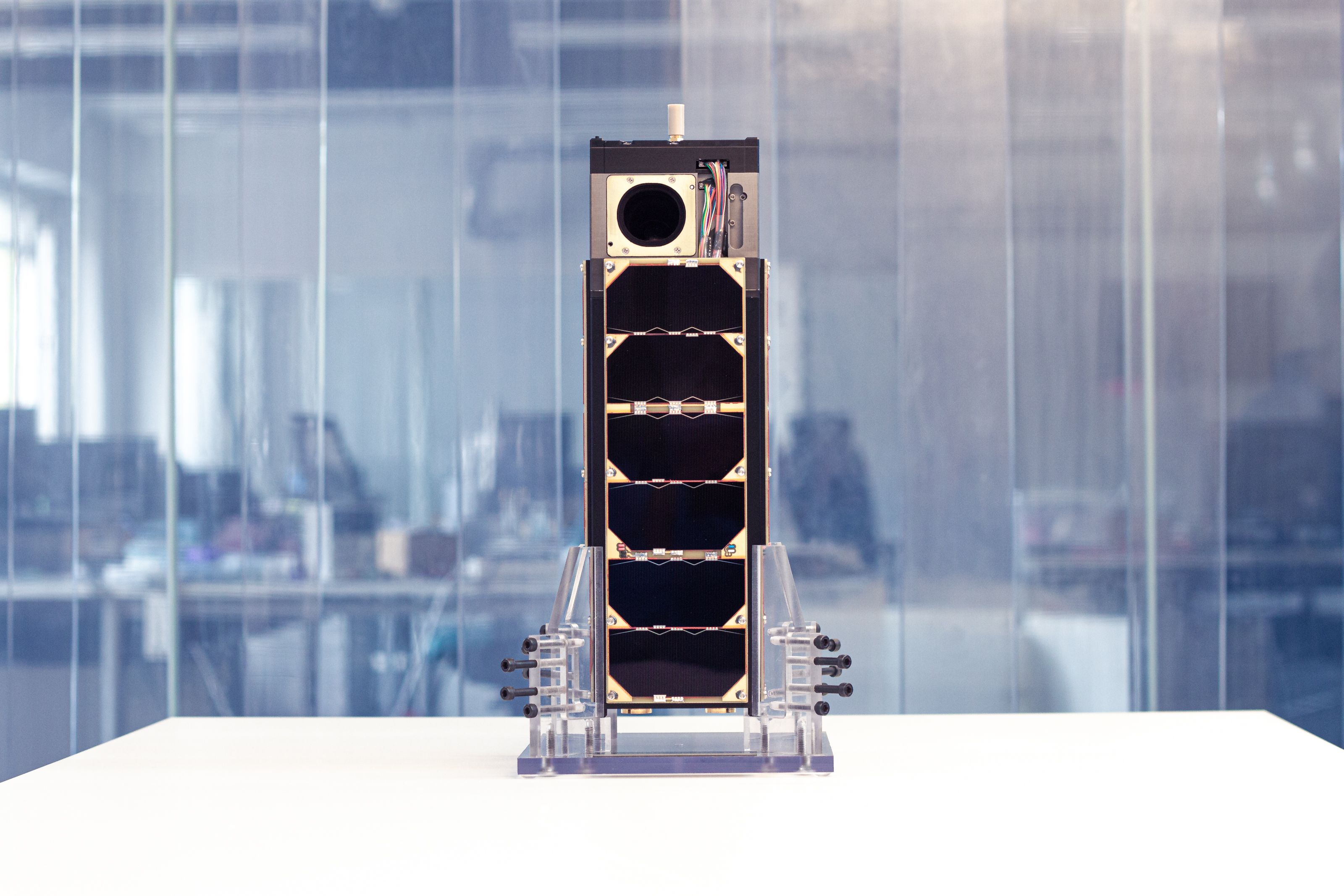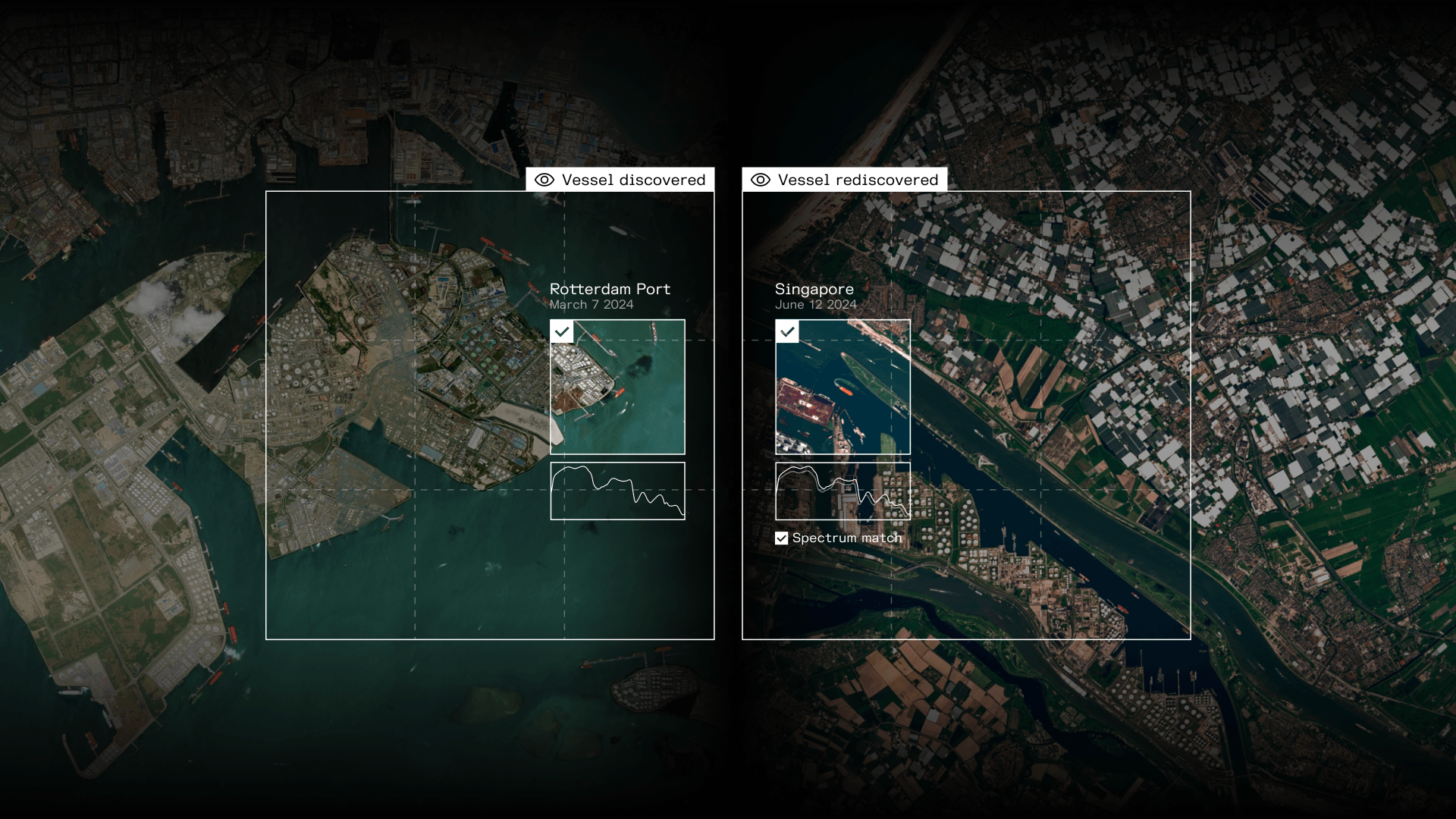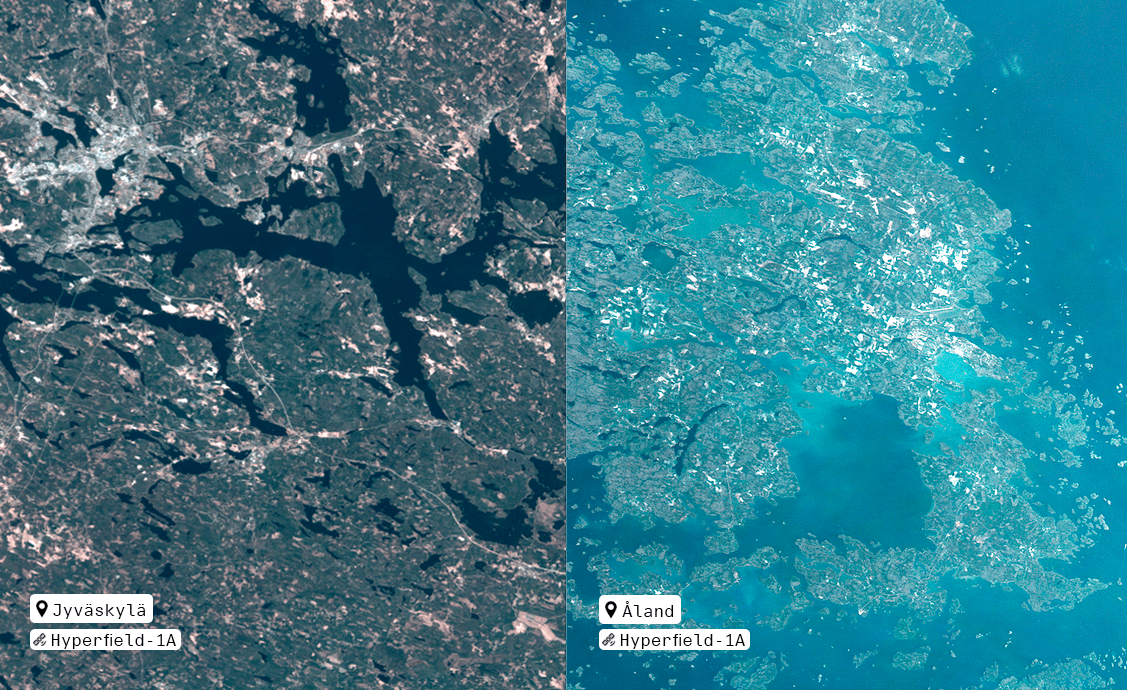PRESS RELEASES • October 1, 2025
W-Cube mission complete: Kuva Space achieves first 75 GHz signal in orbit, paving the way for faster satellite connectivity


Helsinki, Finland | October 1st 2025 — Finnish hyperspectral microsatellite and AI-powered insights company Kuva Space today announced the conclusion of its W-Cube mission, a 3U CubeSat that became the first to transmit a 75 GHz (W-band) signal from space to a ground station. Run in collaboration with the European Space Agency and leading European research partners, the mission demonstrated the potential for satellites to utilize much higher frequencies to transfer significantly more data at a faster rate, thereby expanding satellite communication capacity to support climate monitoring, national security, and global internet connections.
“Demonstrating a 75 GHz signal in a low Earth Orbit (LEO) mission validates that satellites can operate at frequencies that unlock much greater bandwidth,” said Janne Kuhno, Co-Founder and Lead Engineer of Satellite Technology at Kuva Space. “This four-year mission demonstrates Kuva Space’s strong heritage in building and operating microsatellites for scientific missions reliably. Our mission now is building the world’s most extensive hyperspectral constellation, and all the learnings from W-Cube and past missions contribute to our future success."
W-Cube was built to find out how very high-frequency signals behave on their way down through Earth’s atmosphere. These signals can carry far more data than the bands satellites usually use today, but they’re also more likely to be disrupted by things like clouds or heavy rain.
By sending a steady signal from space and tracking how it changed, the mission gave scientists objective evidence on what does and doesn’t work when building the next generation of satellite links. The results come as demand for satellite bandwidth surges, with the global satellite communication market projected to grow from approximately USD 90 billion in 2024 to nearly USD 160 billion by 2030, and regulators in Europe are weighing how to open new spectrum bands for future services.
W-Cube follows Kuva Space’s earlier Sunstorm mission, which monitored solar X-ray activity from orbit and contributed to Europe’s space weather research. Together, these missions highlight Kuva’s track record of delivering scientific satellite missions in partnership with the European Space Agency and multiple research partners. Backed by €30 million in funding and with a growing team of 50 people, Kuva Space is now building a commercial constellation of 100 hyperspectral satellites and automated AI-powered analytics by 2030. The company’s expansion plans are supported by both public and private customers, positioning Kuva as a global leader in space-based hyperspectral intelligence services for various industries.
The W-Cube science mission is led by Joanneum Research (AT). The 75GHz payload is developed in VTT Technical Research Centre, Millilab (FI). The mission is funded by the European Space Agency.
Media link:
Farewell W-Cube: A small satellite with a big impact
For additional information:
Malathy Eskola, Commercial Director
Kuva Space
358 40 837 9432
malathy.eskola@kuvaspace.com
About Kuva Space
Founded in 2016 in Espoo, Finland, Kuva Space is building the world's first extensive microsatellite constellation with patented hyperspectral camera technology to collect gapless data aimed at solving the world's most pressing issues, such as climate change, food security, safety, and security. Combined with its AI-driven analytics platform, Kuva Space delivers reliable and timely global insights and foresights that transform rich spaceborne data into actionable insights users can use for efficient resource management, optimizing operations, and improving profitability sustainably. For more information, visit www.kuvaspace.com.
Resources

Case studies · November 5, 2025
Exposing dark vessels in contested seas with hyperspectral intelligence

Press releases · October 1, 2025
